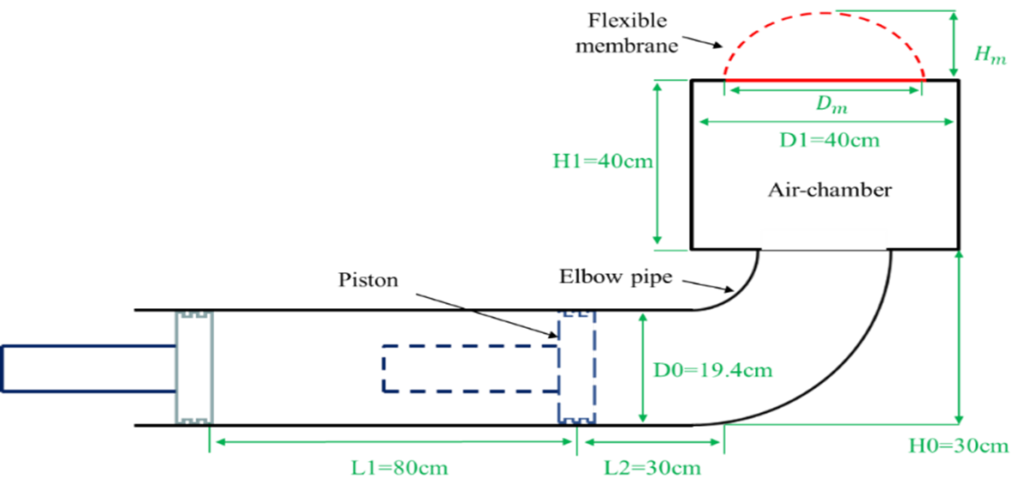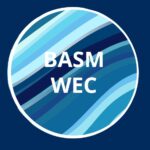Regarding the structural integrity part of this project, we focused on two parts as follows:
1. Finite Element Analysis:
Doing numerical analysis to increase the structure’s durability is one of the vital keys in this project. To better understand the structure, find structural solutions to improve the device’s lifetime and prepare functional specifications, we started with a systematic literature review focusing on flexible oscillating water columns (OWCs).
1.1 Functional specification:
Regarding the functional specifications, we prepared a comprehensive review file to introduce different types of flexible OWCs, utilized material properties, dielectric elastomer generators (DEGs) performance and the effect of the size and deformation in the produced energy. Also, we looked at the deformation and failure modes to propose structural solutions to increase the structure’s lifetime.

1.2 Dielectric Elastomer Generators (DEGs) performance:
As an essential part of functional specification, we started to study the effect of different parameters on DEGs performance, such as the effect of deformation, the diameter of the elastomer and the number of layers.
1.3 Structural solutions:
After finishing the functional specification part and identifying structural and material challenges, we proposed some solutions that postpone the failure of the structure. To prove the effectiveness of these solutions, we used Finite elements-based software (such as Abaqus) and an experimental setup.
2. Experiment and data processing:
Besides the finite element analysis, we started to perform some experiments, which is very important in the projects. The experiment can help us validate our numerical analyses (Abaqus analysis or CFD code) and prove that our structural and material solutions are applicable in actual conditions. To achieve this goal, we started with a small water tank test at Kelvin Hydrodynamics Laboratory (KHL), followed by designing and preparing a test rig that fulfils our needs.
2.1 Water Tank Test
This test was performed for some goals such as:
- Being familiar with the experimental setup, lab environment, measurement instrumentation and data processing.
- CFD validation
- Using the Qualisys system and being familiar with data processing.
- Starting the nondimensional study.
2.2 Test rig:
Due to some limitations in the water tank tests (especially the amount of pressure), we decided to design and build a new test rig for purposes such as:
- The assessment of the PTO performance in terms of efficiency and convertible power.
- Structural and material solutions
- Study on scaling and pre-stretching effects
- Study more engineering materials and components
Here are the schematic view and technical details of the designed test rig.

For more details and updates, please look at the Experimental setup page.
